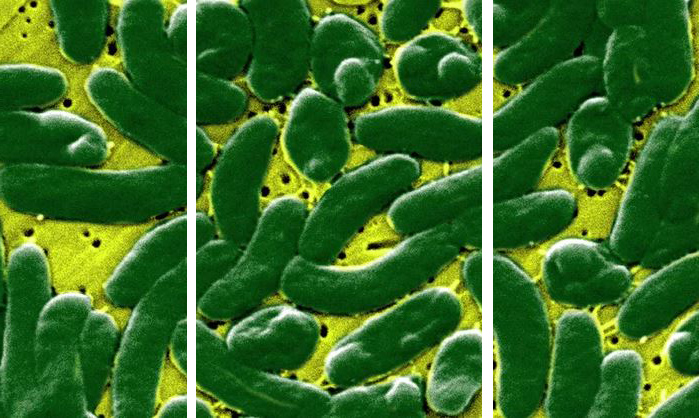
Florida’s warm coastal waters harbor a hidden danger – Vibrio vulnificus, a flesh-eating bacteria causing severe infections. Health officials warn beachgoers and fishermen about this growing threat, especially during summer months.Flesh-Eating Bacteria in Florida
The Science Behind the Threat
The primary offender is Vibrio vulnificus, a bacterium naturally present in warm seawater. While infections remain uncommon, Florida’s unique combination of:
- Year-round warm temperatures
- Extensive coastline
- Popular water activities
Creates an environment where this dangerous organism thrives.Flesh-Eating Bacteria in Florida
Critical Warning Signs
Early detection saves lives. Watch for these symptoms appearing within 24 hours of exposure:
1. Unexplained severe pain – Disproportionate to any visible injury
2. Rapid skin changes – Redness spreading faster than 1 inch per hour
3. Systemic symptoms – Sudden fever, chills, or nausea
4. Skin discoloration – Developing purple or black blotches
5. Mental changes – Confusion or dizziness indicating sepsis
High-Risk Groups
Certain populations face greater danger:
- Immunocompromised individuals
- Chronic liver disease patients
- Diabetics
- Elderly adults
- Those with recent wounds or surgeries
Prevention Is Key
Protect yourself with these measures:
✔️ Keep wounds completely dry around seawater
✔️ Use waterproof bandages when swimming
✔️ Avoid raw or undercooked shellfish
✔️ Shower after water exposure
✔️ Seek immediate care for infected cuts
Emergency Response Timeline
Treatment speed determines outcomes:
- First 12 hours: Critical window for antibiotics
- First 24 hours: Surgical intervention often needed
- After 48 hours: Significant tissue damage likely
Recent Case Highlights
2023-2024 saw concerning patterns:
- Multiple infections post-Hurricane Idalia
- Several oyster-related cases in Gulf Coast counties
- Rising incidence in previously low-risk areas
Climate Impact
Scientists observe troubling trends:
→ Warmer waters expanding bacterial range
→ Longer annual risk periods (now April-November)
→ Increased bacterial concentrations near shorelines
Essential Safety Steps
If exposed to potentially contaminated water:
- Clean thoroughly with soap and bottled water
- Monitor for symptoms every 2 hours
- Go to ER at first warning signs
- Mention water exposure to medical staff
Staying Safe in Florida Waters
While the overall risk remains low, understanding:
- Who’s most vulnerable
- Early warning signs
- Prevention methods
- Emergency protocols
Allows residents and visitors to safely enjoy Florida’s beautiful coastline while minimizing this serious health threat.
Official Resources:
Florida Health Department Advisory
CDC Emergency Guidelines
Stay informed and prepared – with proper precautions, Florida’s waters can remain enjoyable for everyone.

[…] Health Inequality: Low-income families may struggle to afford private-sector […]